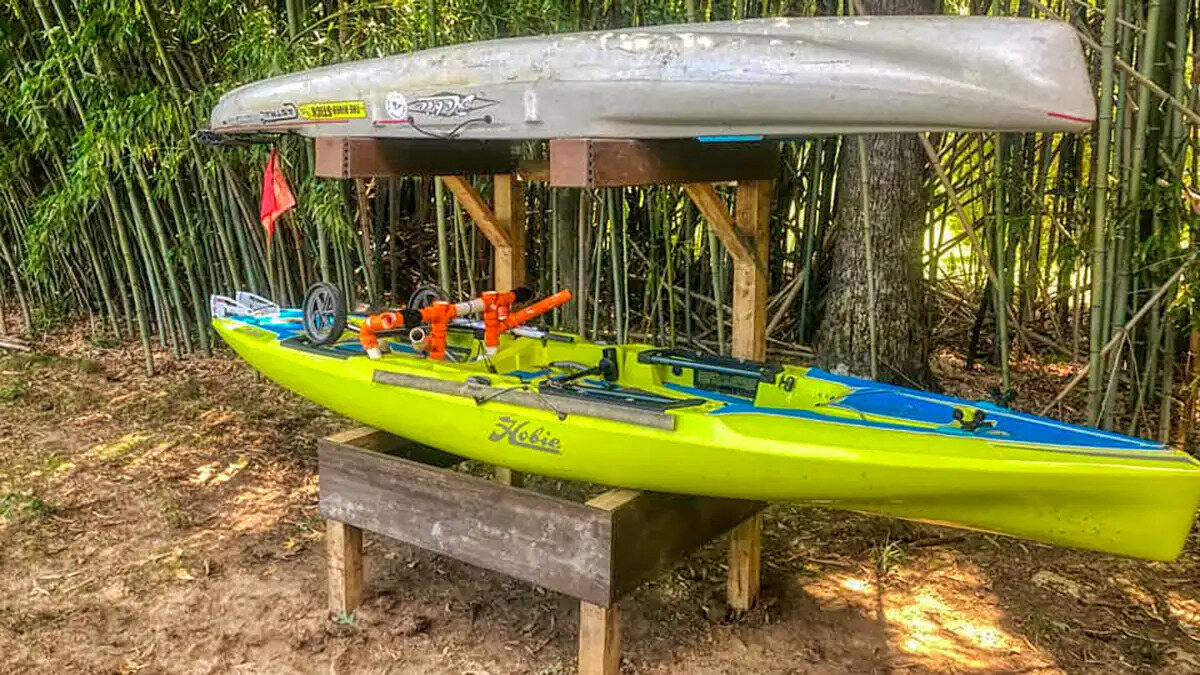

Articles
How To Store Kayak
Modified: February 22, 2024
Learn the best techniques for storing your kayak and keeping it in top condition. Read our informative articles to ensure your kayak stays safe and ready to hit the water.
(Many of the links in this article redirect to a specific reviewed product. Your purchase of these products through affiliate links helps to generate commission for Storables.com, at no extra cost. Learn more)
Introduction
Storing your kayak properly is essential to ensure its longevity and maintain its performance. Whether you’re an avid kayaker or a recreational paddler, knowing how to store your kayak correctly will protect it from damage caused by harsh weather conditions, mold and mildew growth, and physical stress. In this article, we will guide you through the process of storing your kayak, from choosing the right location to regular maintenance tips.
When it comes to kayak storage, there are several factors to consider, including the type of kayak, available space, and whether you will be storing it indoors or outdoors. By following the recommendations outlined in this article, you can keep your kayak in optimal condition, ready for your next adventure on the water.
So let’s dive in and explore the best practices for storing your kayak!
Key Takeaways:
- Properly storing your kayak is essential for its longevity and performance. Choose the right location, clean and dry it thoroughly, and use proper storage position to protect it from damage and ensure it’s ready for your next adventure.
- Regular maintenance, including cleaning, inspecting, and protecting your kayak, is crucial for optimal performance. Follow manufacturer guidelines, store it properly, and prioritize indoor storage to extend its lifespan.
Read more: How To Store Kayaks
Choosing the Right Location
When it comes to storing your kayak, the first step is to choose the right location. Ideally, you should store your kayak in a cool, dry, and well-ventilated area. Here are some factors to consider:
- Indoor vs. outdoor: Storing your kayak indoors, such as in a garage or a dedicated storage room, is the best option as it provides protection from the elements. However, if indoor space is limited, you may need to consider outdoor storage options. In that case, look for a sheltered area, such as under a covered patio or using a kayak cover to protect it from direct sunlight and rain.
- Accessibility: Choose a location that allows for easy access to your kayak. You wouldn’t want to struggle with maneuvering your kayak in a cramped or hard-to-reach area every time you want to use it.
- Security: If you store your kayak outdoors, make sure to take the necessary security measures, such as using locks or chaining it to an immovable object, to deter theft.
Additionally, consider the available space when choosing a location. Opt for an area that provides enough room for the kayak to be stored properly without being cramped or at risk of falling over.
Remember, kayaks are prone to damage from extreme heat, cold, and humidity. Avoid storing them in areas with fluctuating temperatures or high levels of moisture, such as basements or attics. These conditions can cause the kayak’s materials to deteriorate and increase the risk of mold and mildew growth.
By choosing the right location, you can protect your kayak from unnecessary wear and tear, ensuring that it remains in pristine condition for years to come.
Cleaning and Drying the Kayak
Before storing your kayak, it’s crucial to clean and dry it thoroughly. This will help prevent the growth of mold, mildew, and any potential damage caused by dirt or debris. Here’s a step-by-step guide on how to clean and dry your kayak:
- Rinse off: Start by rinsing your kayak with fresh water to remove any loose dirt, sand, or saltwater. Use a hose or a bucket of water and a sponge to gently wash the surface.
- Soap and water: If there are stubborn stains or debris on your kayak, you can use a mild soap or kayak cleaner. Mix the soap with water in a bucket and scrub the kayak using a soft sponge or cloth.
- Rinse again: After scrubbing, rinse off the soap and any remaining residue thoroughly. Make sure to rinse both the interior and exterior of the kayak.
- Dry properly: Once the kayak is clean, it’s essential to let it dry completely before storing it. A wet kayak can promote the growth of mold and mildew. You can air dry it by leaving it in a well-ventilated area, or you can use a microfiber cloth or towel to dry it manually. Pay extra attention to areas with crevices or hatch openings.
- Check for moisture: Before storing, ensure that there is no moisture trapped inside the kayak. This can be done by feeling the surface for any dampness or using a moisture-absorbing product like silica gel packs or a dehumidifier.
Cleaning and drying your kayak regularly not only keeps it in optimal condition but also helps prevent any unpleasant odors that may develop over time. By incorporating these cleaning and drying practices into your kayak storage routine, you can ensure that your kayak stays clean and free from potential damage.
Proper Storage Position
Choosing the right storage position for your kayak is crucial to prevent warping, deformation, and stress on the hull and other components. Here are some important considerations for storing your kayak in the proper position:
- Upright position: The best position for storing a kayak is upright on its hull. This ensures that the weight of the kayak is evenly distributed and minimizes the risk of warping. If possible, avoid storing it on its side or upside down for extended periods, as this can cause the kayak to bend or lose its shape.
- Support points: When placing your kayak in a storage position, make sure to use proper support points to prevent unnecessary stress on the hull. Soft and flexible supports, such as foam blocks or padded kayak racks, provide an even distribution of weight and minimize pressure points.
- Padding: To protect the hull from scratches or damage, consider using padding material, such as foam or towels, between the kayak and the storage surface. This extra layer of protection adds an additional buffer and keeps the kayak in pristine condition.
- Keep it level: Ensure that the kayak is stored on a level surface to prevent any strain on the hull or the kayak’s structure. Uneven surfaces can lead to stress points that can cause damage over time.
- Secure it: If your storage area is prone to movement or vibrations, make sure to secure the kayak to prevent it from shifting or falling. Use straps or bungee cords to anchor the kayak to a stable structure or place weight on the kayak to keep it in place.
By following these guidelines, you can ensure that your kayak retains its shape and integrity during storage, allowing you to enjoy it for years to come.
Hanging Kayak Storage
If you’re looking to maximize space efficiency and keep your kayak off the ground, hanging storage can be a great option. Here are some tips for safely and effectively storing your kayak using a hanging system:
- Choose a sturdy mounting location: Select a strong and secure location in your storage area, such as a ceiling joist or wall studs, to install the kayak hanging system. Ensure that the mounting hardware can support the weight of your kayak.
- Use kayak hangers or straps: Invest in specially designed kayak hangers or straps that are designed to safely suspend your kayak. These hangers typically feature padded arms or straps to protect the kayak’s hull from scratches or damage.
- Adjust the height: Hang your kayak at a height that allows for convenient access while ensuring it doesn’t touch the ground or any other objects. Consider the length of your kayak and the available space to determine the optimal height for hanging.
- Securely fasten the kayak: When hanging your kayak, make sure it is securely fastened to the hangers or straps. Double-check that the kayak is balanced and doesn’t swing or move excessively.
- Padding: To provide additional protection and minimize any potential pressure points, you can use foam padding or towels between the kayak and the hangers. This will help prevent any damage to the kayak’s hull.
- Periodically check for stability: Regularly inspect the hanging system to ensure that it remains stable and secure. Check for any signs of wear or loose connections, and tighten any hardware as needed.
Hanging your kayak can be an excellent solution, particularly if you have limited floor space or want easy access to your kayak. Just make sure to follow these guidelines to ensure safe and secure storage.
When storing a kayak, it’s best to keep it off the ground to prevent warping. Use a kayak rack or hoist system to store it vertically or horizontally. Cover it with a tarp to protect it from the elements.
Read more: How To Store Kayak In Apartment
Kayak Racks and Stands
If you prefer a more traditional approach to kayak storage, using racks or stands can provide a stable and organized solution. Here are some options to consider:
- Freestanding kayak racks: Freestanding kayak racks are sturdy, standalone structures designed to hold one or multiple kayaks. These racks often feature padded arms or cradles that provide support and prevent any damage to the kayak’s hull. They are a popular choice for both indoor and outdoor storage.
- Wall-mounted racks: Wall-mounted racks are space-saving options that allow you to store your kayak vertically against a wall. These racks typically have adjustable arms or brackets to accommodate different kayak sizes and can be installed on a garage wall, shed, or any other suitable surface.
- Stacking stands: Stacking stands are collapsible stands that allow you to stack multiple kayaks on top of each other securely. These stands are an excellent choice if you have limited space and need to store multiple kayaks without taking up much floor space.
- Foam cradles: Foam cradles provide a simple and affordable storage solution. These foam blocks or pads can be placed on a flat surface, such as the ground or a storage shelf, to support the kayak. They help distribute the weight evenly and protect the kayak from scratches.
When using racks or stands, it’s essential to choose an option that suits your storage space and kayak size. Consider the weight-bearing capacity of the rack, the stability of the structure, and ensure that the kayak is properly secured in place using straps or bungee cords.
Regardless of the rack or stand you choose, regularly inspect it for any signs of wear and tear, and make any necessary repairs or replacements to maintain a safe and secure storage system for your kayak.
Outdoor Storage Considerations
If you need to store your kayak outdoors due to space constraints or other reasons, there are a few additional considerations to keep in mind to ensure the longevity of your kayak:
- Kayak cover: Invest in a high-quality kayak cover that is specifically designed to protect your kayak from the elements. A waterproof and UV-resistant cover will shield your kayak from rain, snow, sun exposure, and debris.
- Elevated storage: When storing your kayak outdoors, consider keeping it off the ground to prevent damage from moisture, insects, and rodents. You can use racks, stands, or build a custom elevated storage platform to keep your kayak raised and dry.
- Sheltered location: Find a sheltered area for outdoor storage, such as under a covered patio, carport, or in a shed. This will provide some protection against direct sunlight, rain, and wind, reducing the impact of weather on your kayak.
- Secure the kayak: Outdoor storage poses a higher risk of theft or vandalism. Ensure your kayak is securely locked or chained to a stationary object to deter any unauthorized access.
- Inspect for damage: Regularly inspect your kayak for any signs of damage, particularly if it’s stored outdoors. Look for cracks, scratches, or discoloration, and address any issues promptly to prevent further deterioration.
Remember that even with proper outdoor storage measures, prolonged exposure to harsh weather conditions can still impact your kayak over time. If possible, consider bringing your kayak indoors during severe weather or prolonged periods of inactivity.
It’s worth mentioning that while outdoor storage can be a viable option, storing your kayak indoors provides a higher level of protection and extends its lifespan. If space allows, prioritize indoor storage or explore alternatives, such as renting storage space, when possible.
Protecting the Kayak
Protecting your kayak is essential to ensure its longevity and maintain its performance. Here are some tips to help keep your kayak in optimal condition:
- Use a kayak cover: Whether you store your kayak indoors or outdoors, using a kayak cover provides an extra layer of protection. A well-fitted cover will shield your kayak from dust, dirt, and UV rays, preventing fading and damage to the hull.
- Avoid direct sunlight: Prolonged exposure to direct sunlight can cause the kayak’s color to fade and weaken the materials. Whenever possible, store your kayak in a shaded area or use a cover to protect it from the sun’s harmful rays.
- Protect against scratches: Be mindful of sharp objects or rough surfaces that can scratch or damage your kayak. When transporting or storing, use padding or foam blocks to protect the hull and minimize the risk of scratches.
- Handle with care: When moving or lifting your kayak, handle it with care. Avoid dragging it on the ground or hitting it against hard surfaces, as this can cause damage to the hull or other components.
- Prevent moisture buildup: Moisture can lead to mold, mildew, and damage to your kayak. Make sure your kayak is thoroughly dry before storing and periodically check for any signs of moisture accumulation during storage.
- Maintain proper ventilation: Proper ventilation is crucial for preventing the growth of mold and mildew. Ensure that your storage area has adequate airflow and consider using fans or dehumidifiers to control humidity levels.
By taking these protective measures, you can prolong the life of your kayak and keep it looking and performing its best for years to come.
Regular Maintenance Tips
Maintaining your kayak regularly ensures its optimal performance and helps extend its lifespan. Here are some essential maintenance tips to keep in mind:
- Inspect for damage: Regularly inspect your kayak for any signs of damage, such as cracks, dents, or loose fittings. Address any issues promptly to prevent further damage and maintain the structural integrity of the kayak.
- Clean after each use: After every paddling session, rinse your kayak with fresh water to remove any saltwater, sand, or debris. This helps prevent corrosion and damage to the kayak’s materials.
- Check and tighten fittings: Periodically check and tighten any fittings, including screws, bolts, and straps. This ensures that all components are secure and functioning properly.
- Apply UV protectant: If your kayak spends a significant amount of time exposed to the sun, consider applying a UV protectant to the kayak’s surface. This helps prevent fading and deterioration caused by UV rays.
- Keep storage area clean: Regularly clean your kayak storage area to prevent the buildup of dirt, dust, or debris that could transfer onto your kayak.
- Check kayak hull: Inspect the kayak’s hull for any signs of wear or damage. Look for scratches or gouges, which can affect its performance. Minor scratches can be repaired using an appropriate gel coat repair kit.
- Lubricate moving parts: Lubricate any moving parts, such as hinges or rudder systems, to ensure smooth operation. Use a silicone-based lubricant for plastic kayaks or a marine-grade lubricant for metal components.
- Store paddle properly: Take care of your paddle by storing it in a clean and dry area or using paddle storage clips. Avoid placing heavy objects on top of the paddle, as it can cause warping or damage to the blades.
- Follow manufacturer guidelines: Refer to the manufacturer’s guidelines for specific maintenance recommendations for your kayak model. They can provide detailed instructions on care, repairs, and any specific requirements.
By incorporating these regular maintenance tips into your routine, you can ensure that your kayak remains in excellent condition and performs at its best every time you hit the water.
Read more: How To Store A Kayak
Conclusion
Properly storing your kayak is crucial to maintaining its performance and prolonging its lifespan. By following the guidelines outlined in this article, you can ensure that your kayak remains in optimal condition, ready for your next paddling adventure.
Choosing the right location, whether indoors or outdoors, is the first step in ensuring proper storage. Cleaning and drying your kayak before storage helps prevent mold, mildew, and damage caused by dirt and debris. Placing your kayak in the proper storage position, whether upright or on a rack, helps maintain its shape and integrity.
If you have limited space or want to maximize efficiency, hanging storage or using kayak racks and stands can be excellent options. Outdoor storage requires additional considerations, such as using a kayak cover and finding a sheltered location to protect your kayak from the elements.
Protecting your kayak from scratches, handling it with care, and regular maintenance are essential steps in keeping it in excellent condition. Regular inspections, cleaning, and addressing any damage promptly will help ensure the optimal performance and longevity of your kayak.
Remember, each kayak is unique, so always refer to the manufacturer’s guidelines for specific maintenance instructions and requirements.
By following these storage and maintenance practices, you can enjoy your kayak for years to come, knowing that it’s well-protected and ready for your next paddling excursion.
Frequently Asked Questions about How To Store Kayak
Was this page helpful?
At Storables.com, we guarantee accurate and reliable information. Our content, validated by Expert Board Contributors, is crafted following stringent Editorial Policies. We're committed to providing you with well-researched, expert-backed insights for all your informational needs.
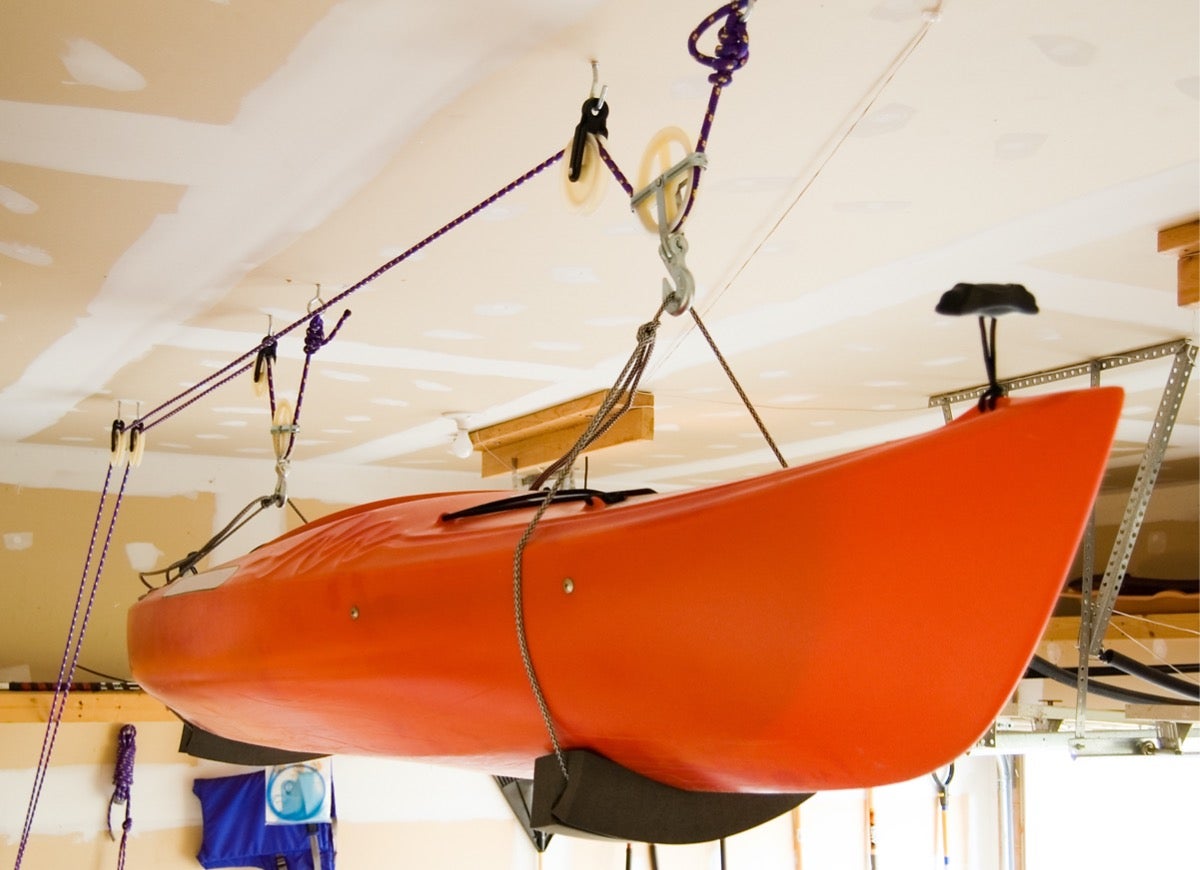
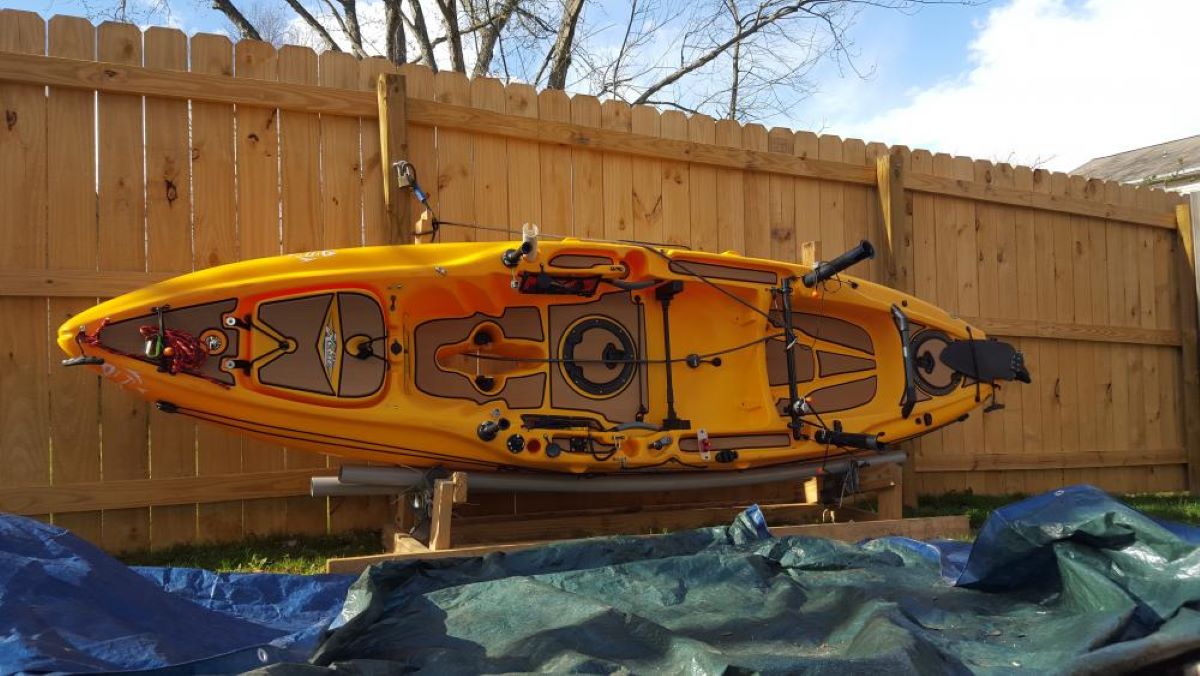
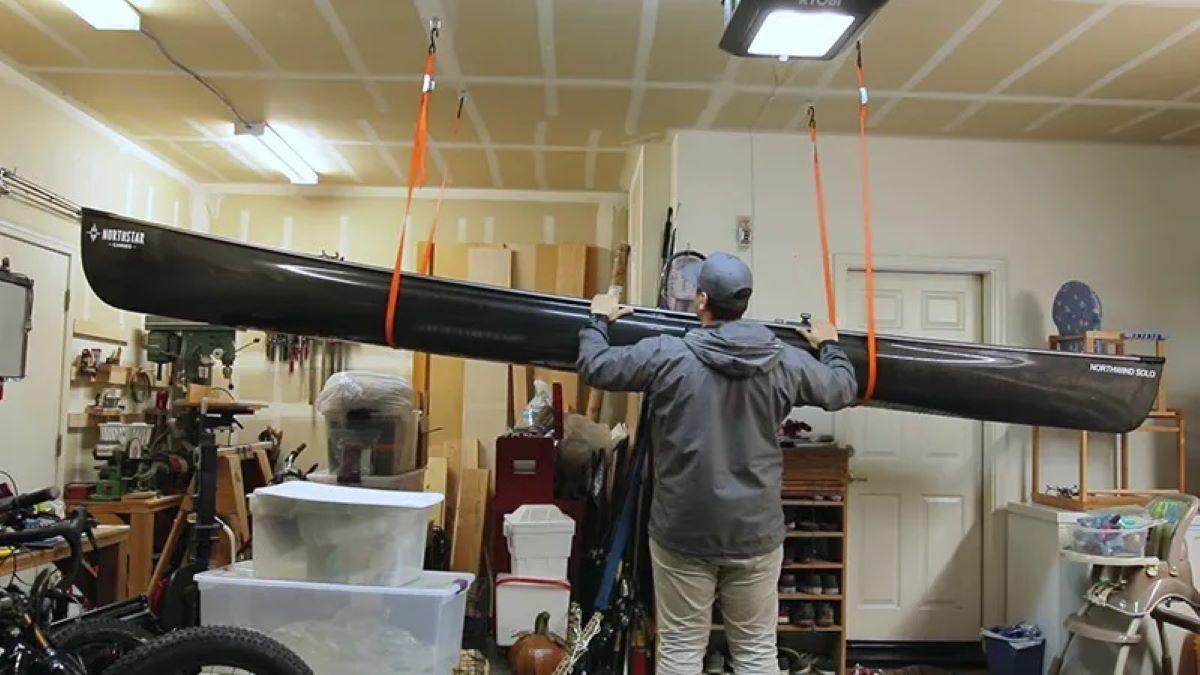
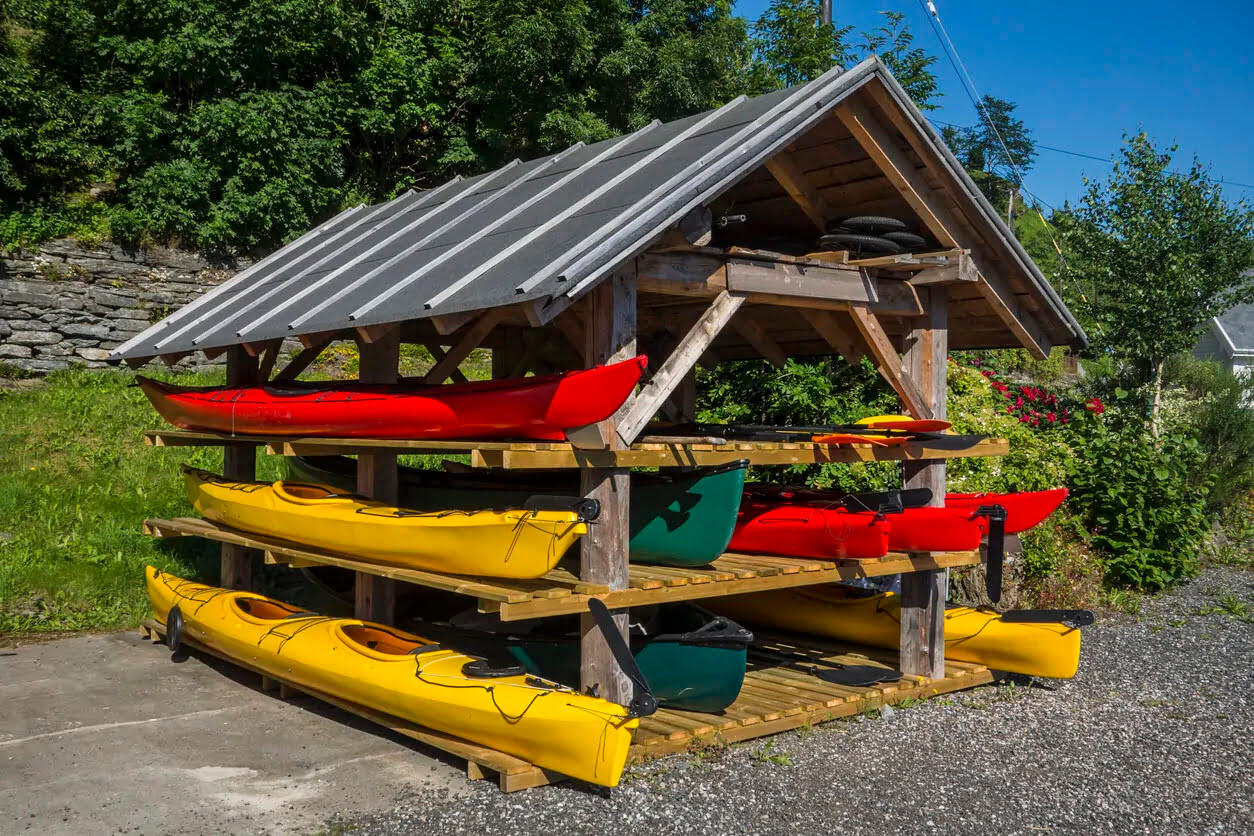
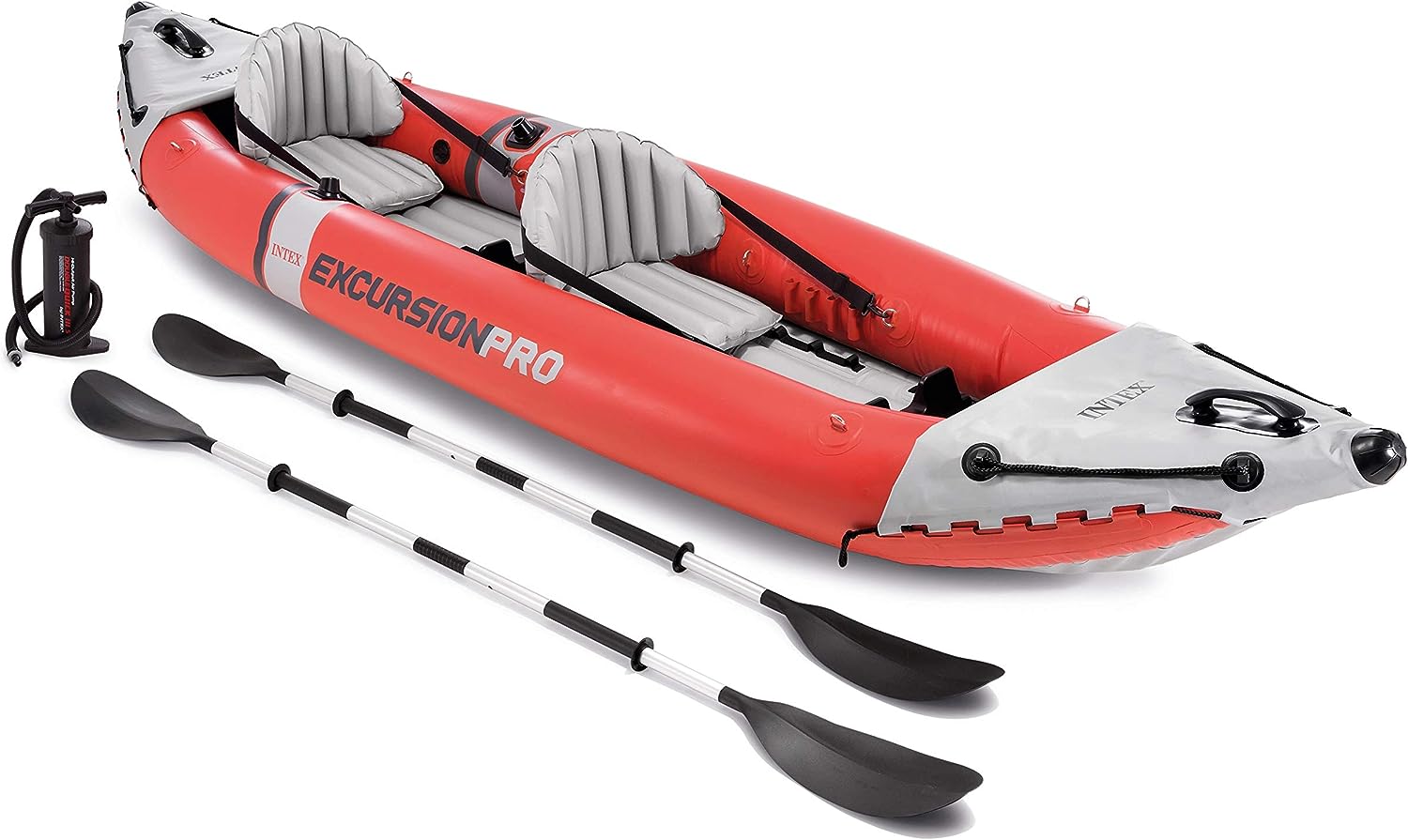
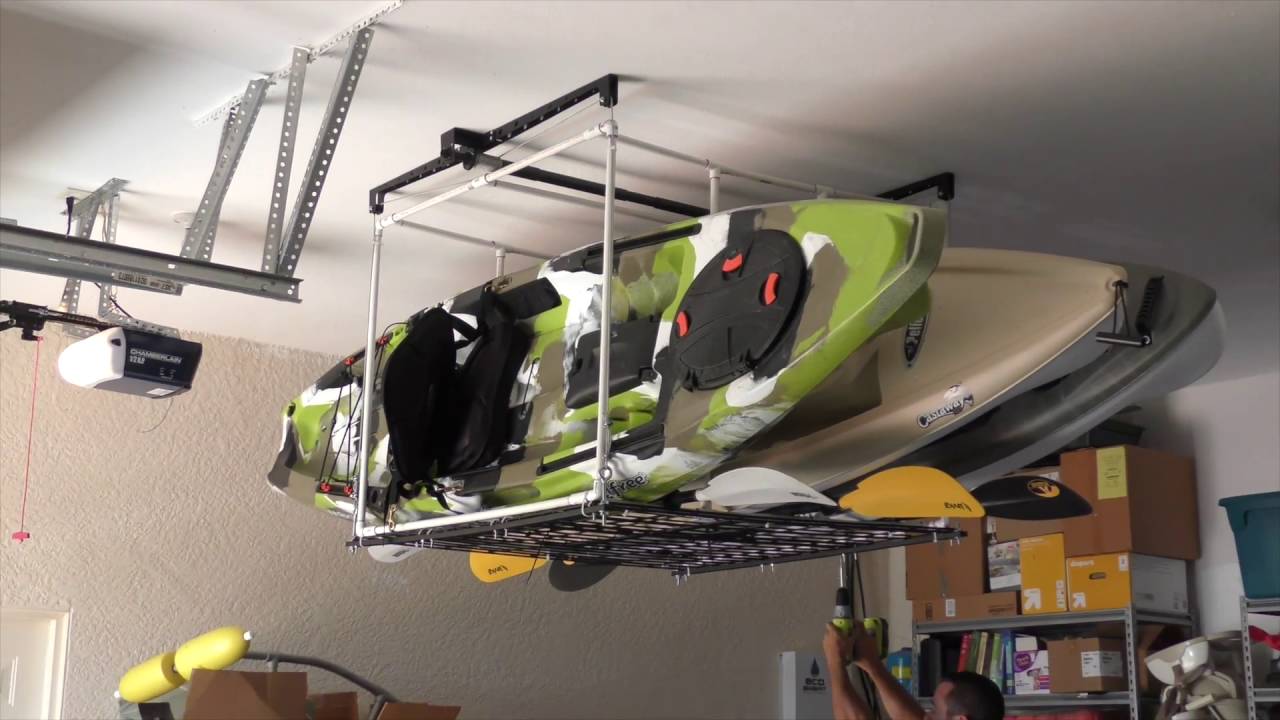
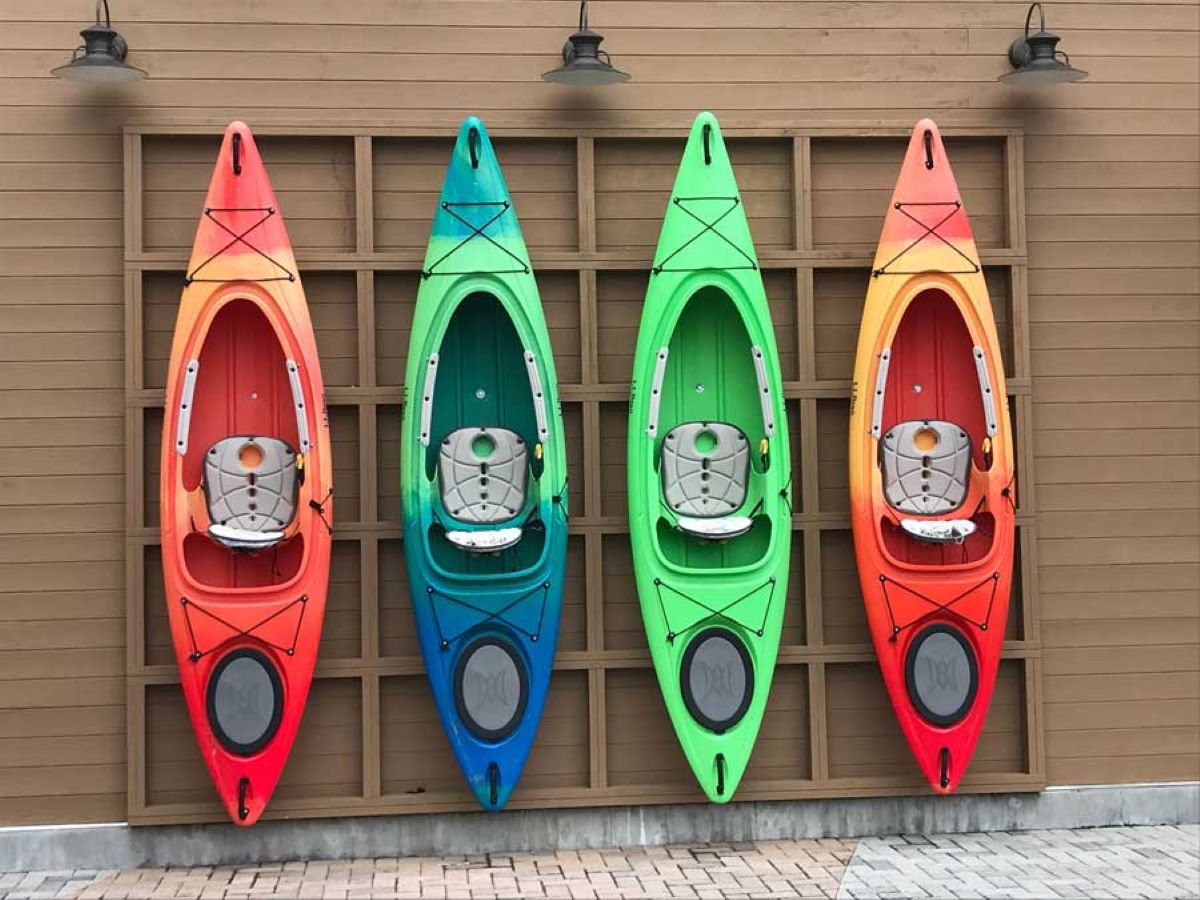
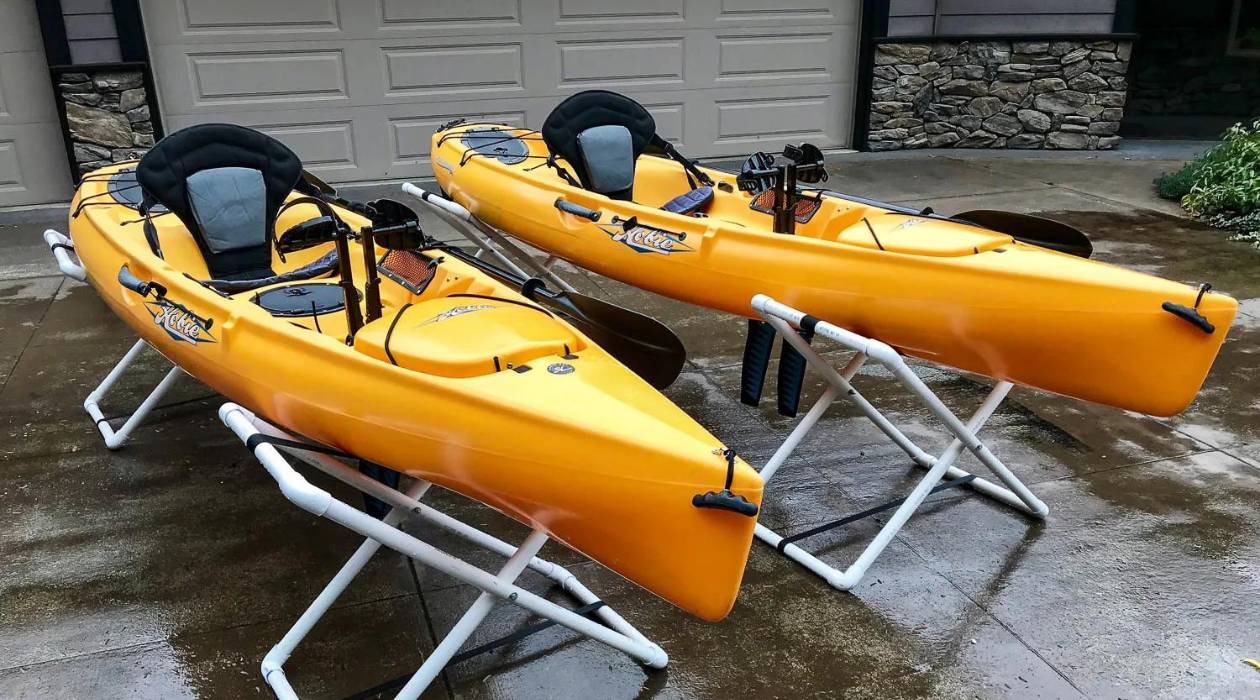
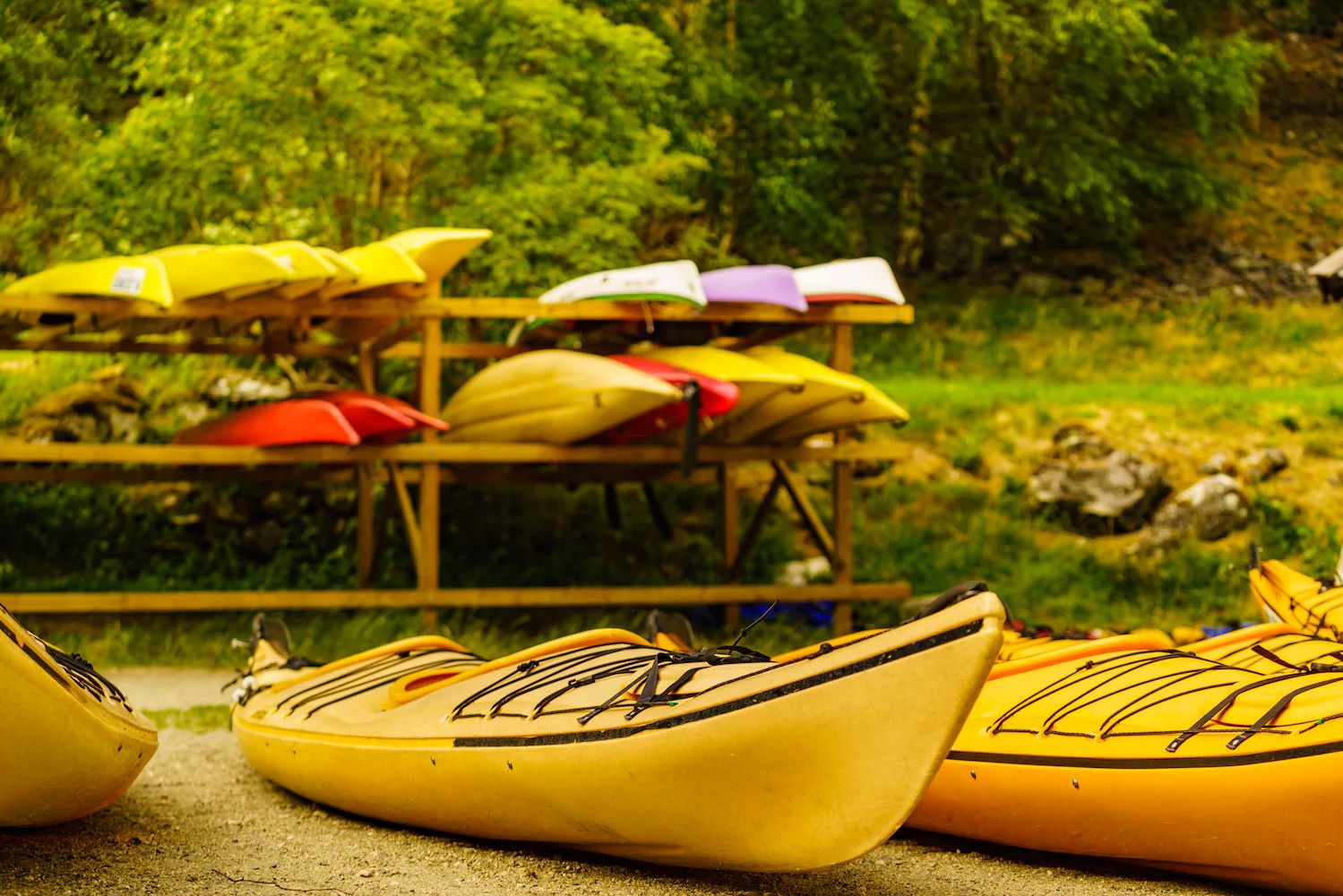
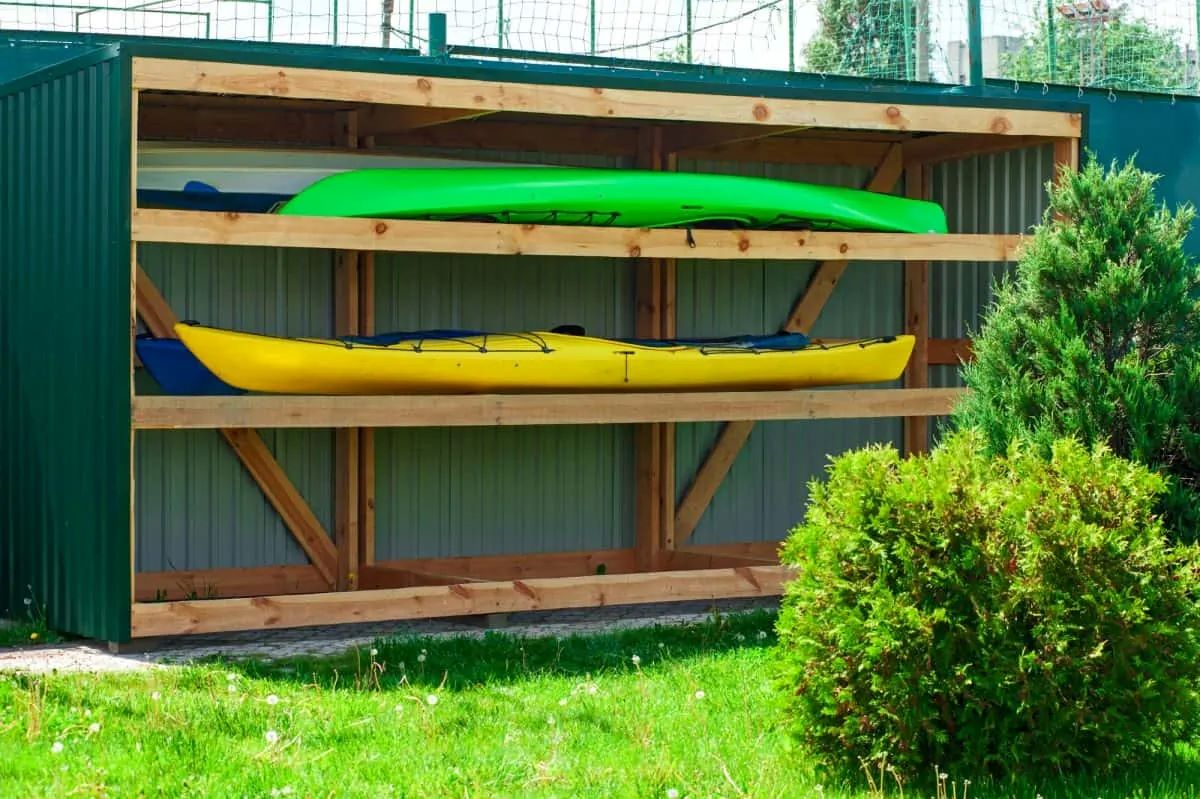
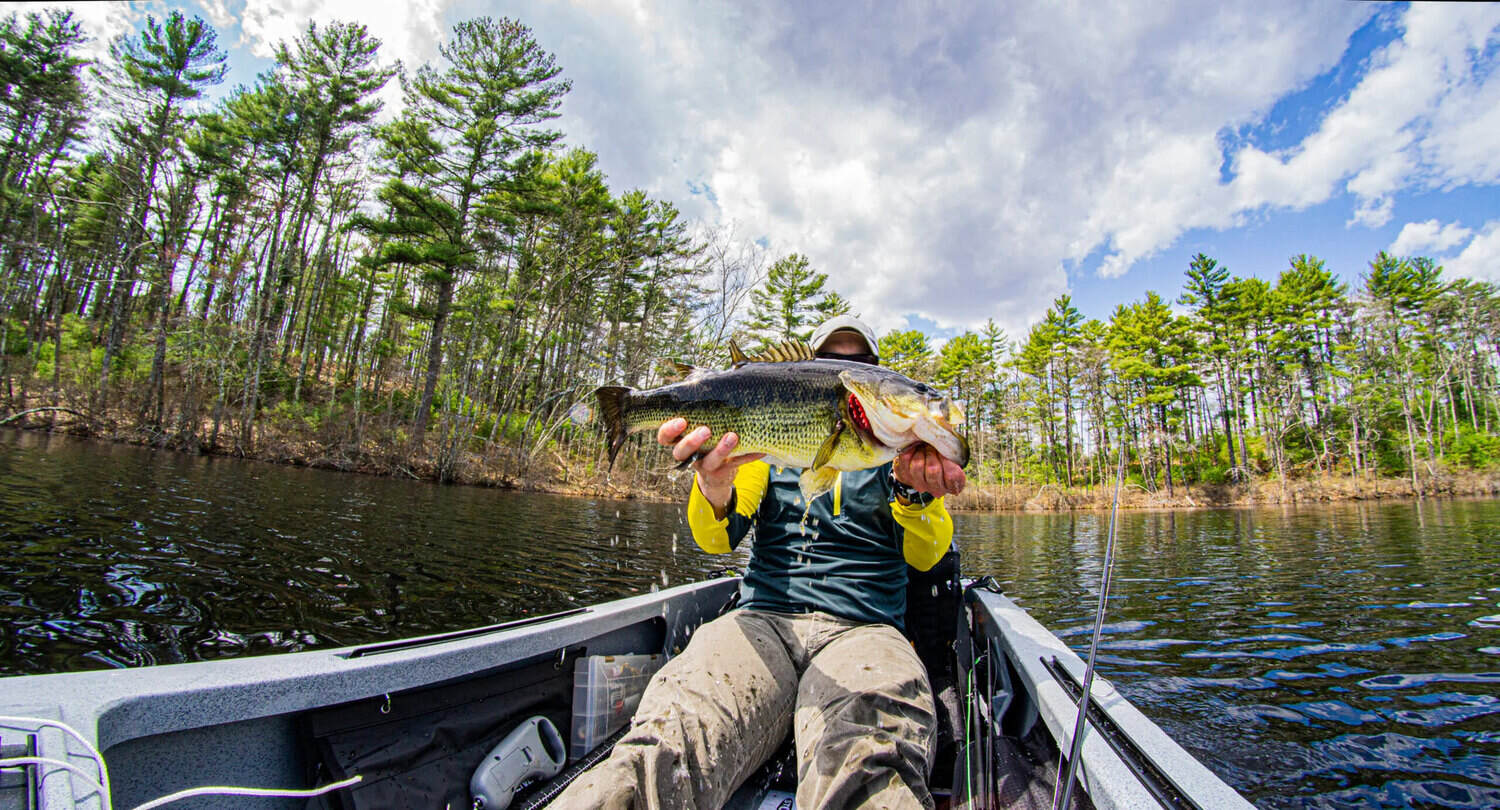
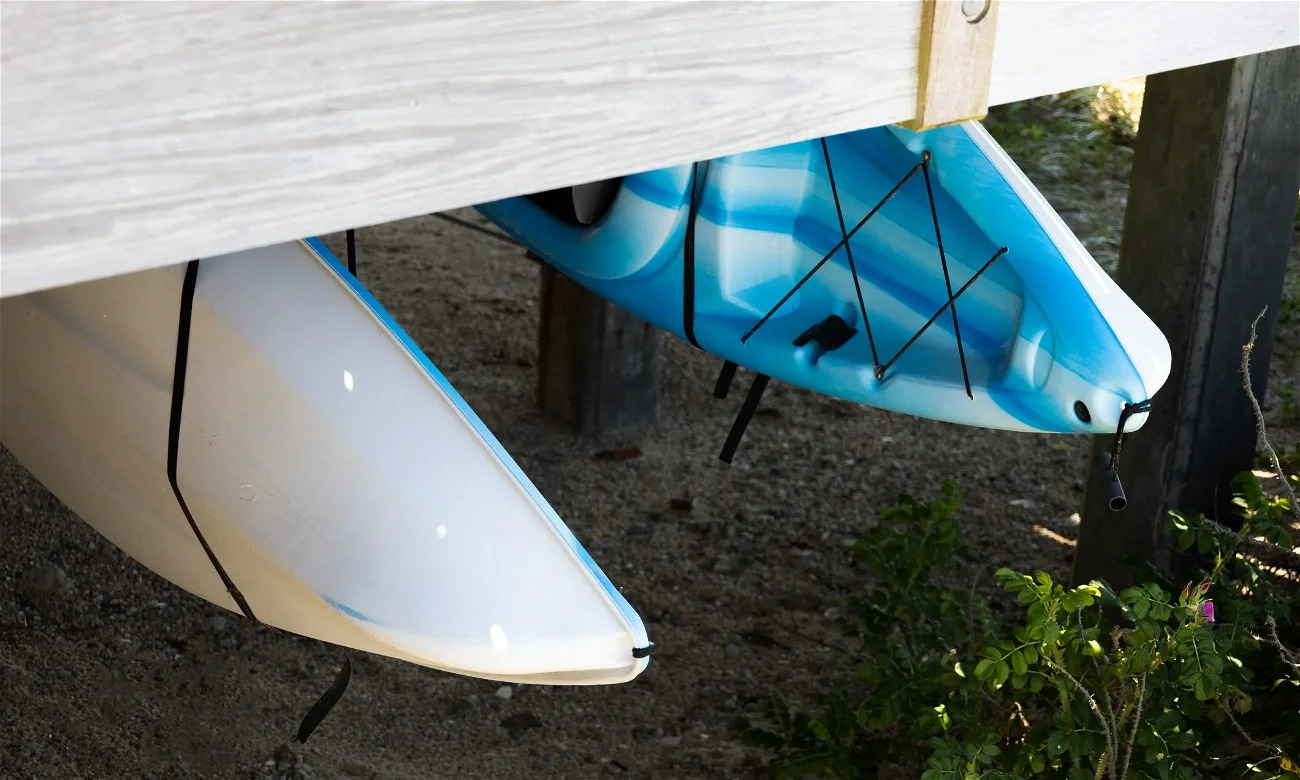
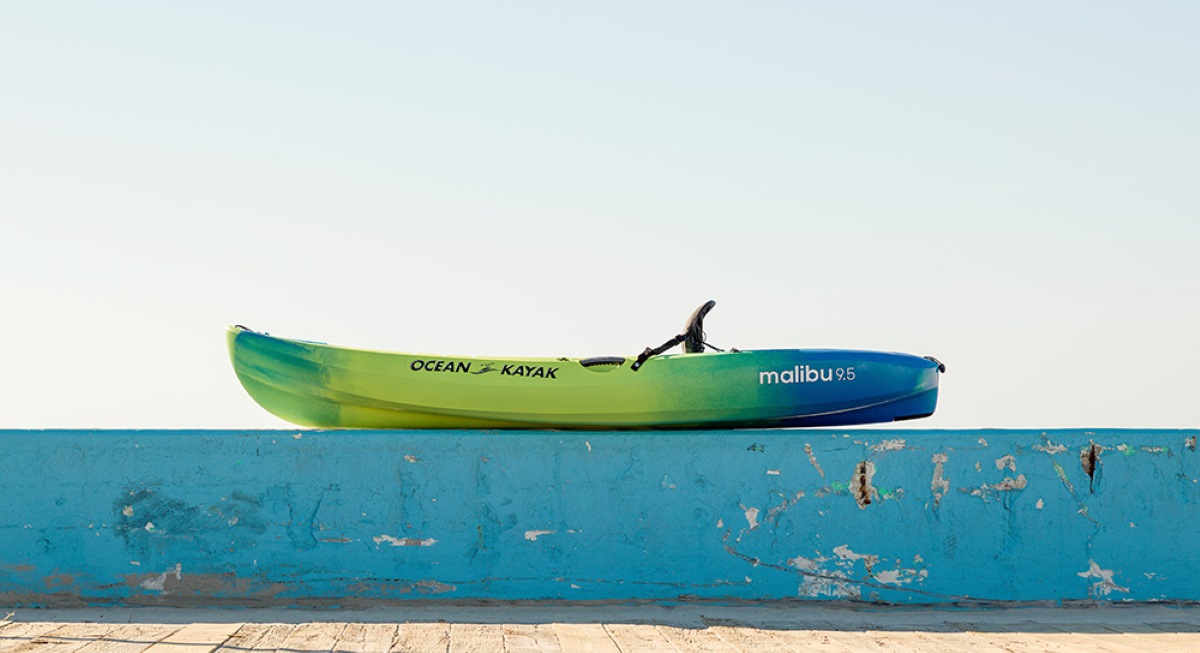

0 thoughts on “How To Store Kayak”